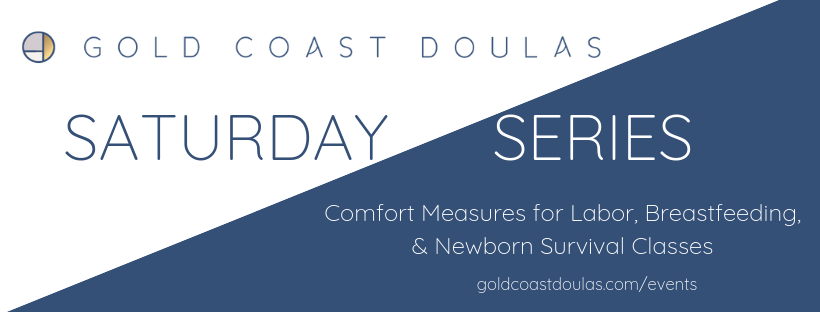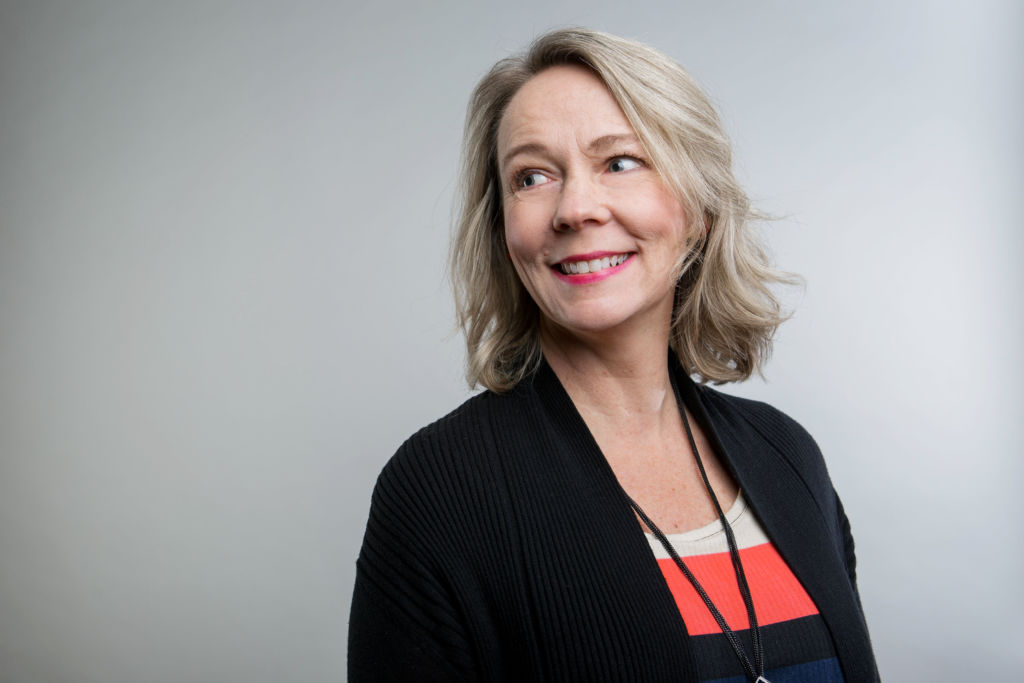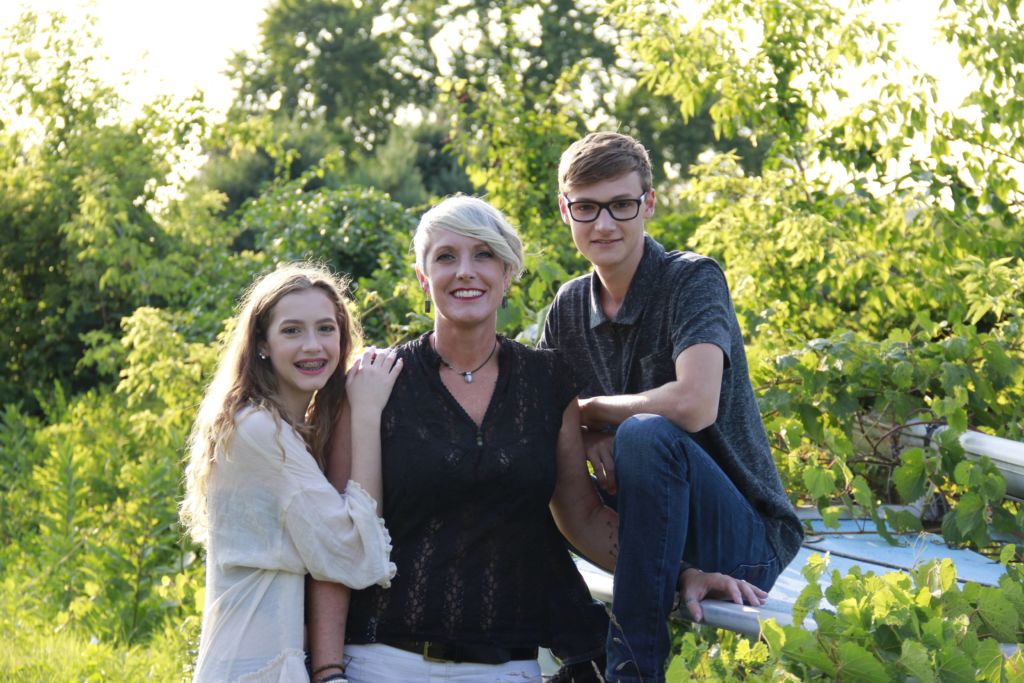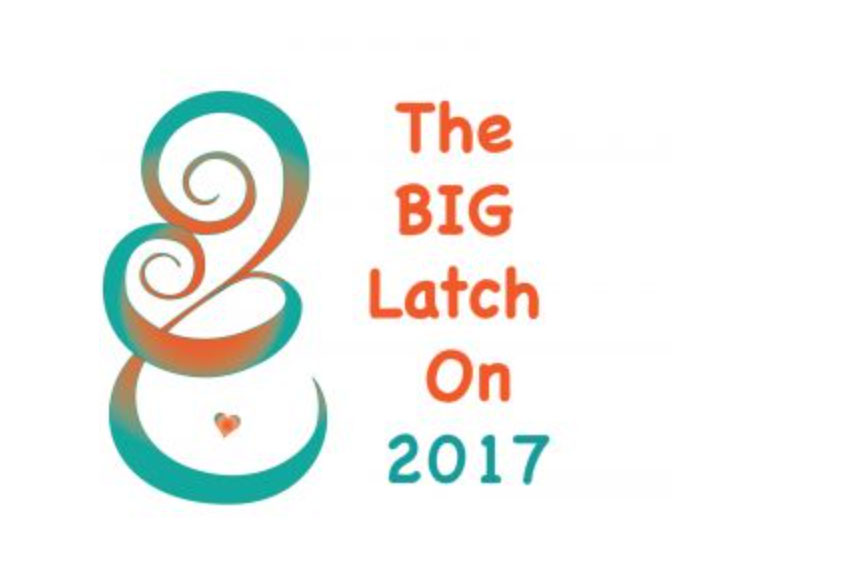Saturday Series of Classes: Podcast Episode #102

Kristin Revere, Kelly Emery, and Alyssa Veneklase talk about their Saturday Series of classes offered through Gold Coast Doulas. Each goes in to detail about what their classes cover including Comfort Measures for Labor, Breastfeeding, and Newborn Survival. You can listen to this complete podcast episode on iTunes or SoundCloud. Kristin: Welcome to Ask […]
Meet our new IBCLC, Kelly Wysocki-Emery!

We are thrilled to have Kelly join the Gold Coast Team. Many of our doulas have used Kelly personally for lactation consultations with their own children. She comes to us with years of experience and a trusted name in the community. 1) What did you do before you became a lactation consultant? In a former […]
Meet our new IBCLC, Cami!

We are so excited to announce that we now have a Lactation Consultant on the lakeshore! Cami comes to Gold Coast with an amazing medical background and almost 20 years of experience as an IBCLC. Let’s get to know her a little better. 1) What did you do before you became an IBCLC? I have […]
The Big Latch On – Grand Rapids 2017

World breastfeeding week is coming up! Why do we care? Each year, World Breastfeeding Week presents many opportunities to celebrate and promote breastfeeding. From August 1-7, this global movement strives to support breastfeeding by cultivating awareness and cooperation within and between communities worldwide. One big way we come together during World Breastfeeding week […]
